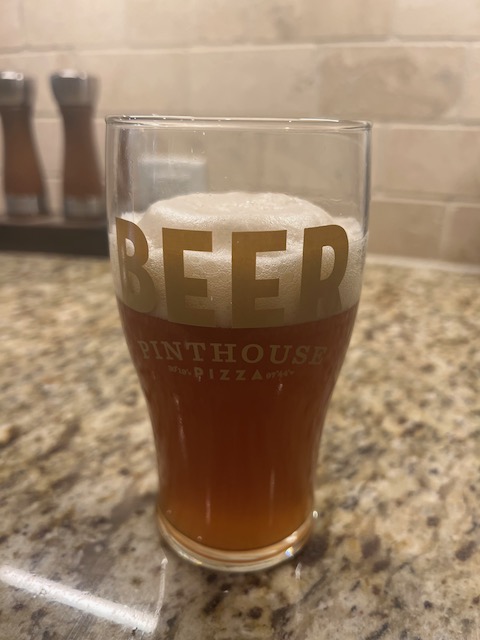What do you mean by higher ABV?
The Dubbel with WLP530 was in the 8% range, and that one surprised me a bit. I have read a few stories of people having carbonation issues with WLP530 (which is similar to WY3787 and Imperial Triple Double).
You can get a pack of CBC-1 for $5 and there is plenty of yeast in a pack for 15 or 20 gallons. If I am putting the effort into brewing something in the 9% and above that I plan on bottling, I look at some bottling yeast as very cheap insurance. I think I have head recommendations for Lalvin EC1118 as a bottling yeast. I see that listed for around $1.30 for a 5 gram pack.






















































![Craft A Brew - Safale S-04 Dry Yeast - Fermentis - English Ale Dry Yeast - For English and American Ales and Hard Apple Ciders - Ingredients for Home Brewing - Beer Making Supplies - [1 Pack]](https://m.media-amazon.com/images/I/41fVGNh6JfL._SL500_.jpg)



